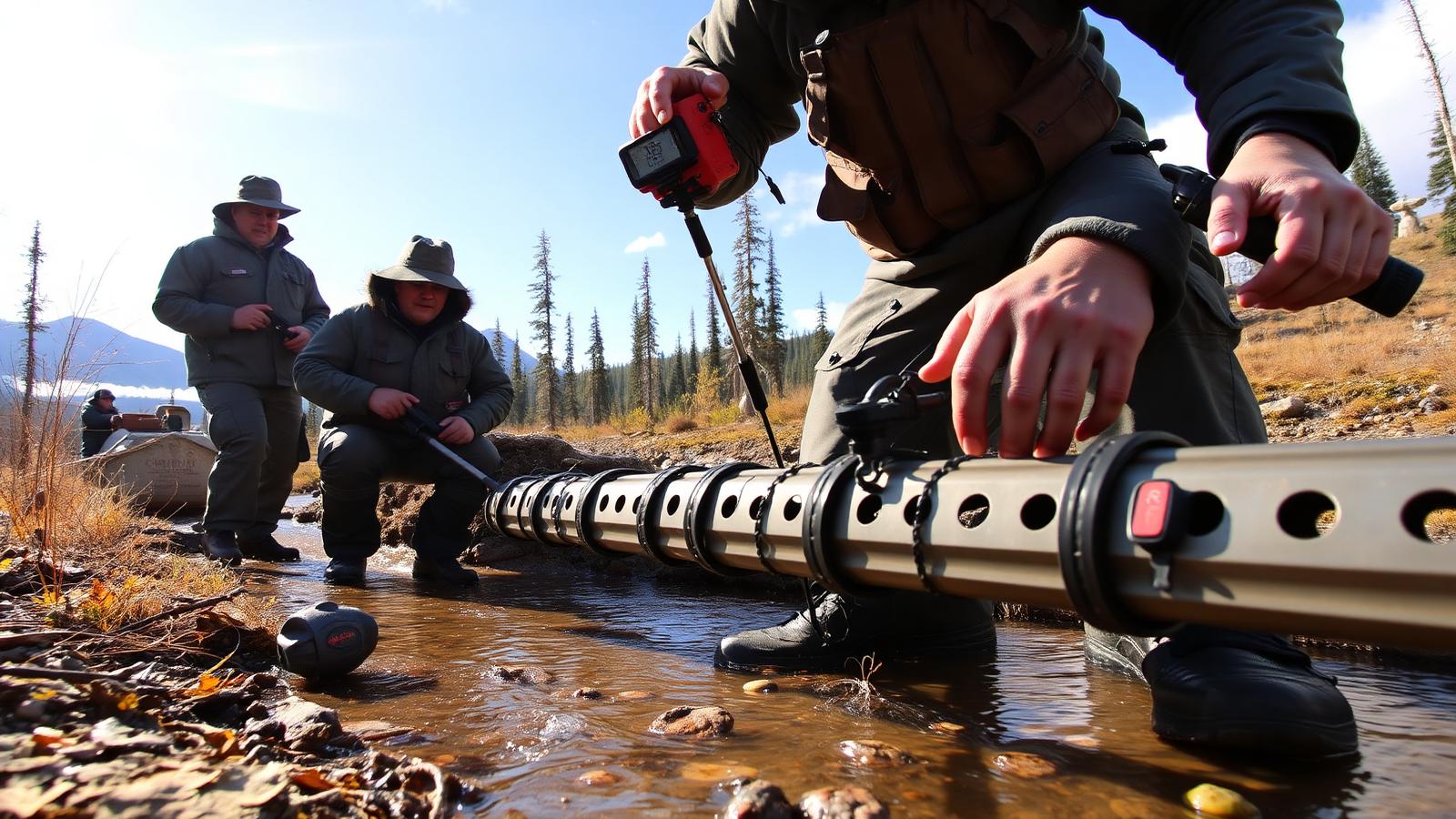Modern Gold Prospecting Techniques
Finding placer gold today—ethically and efficiently

Modern Equipment
Modern placer miners employ high-bankers, suction dredges (where legal), metal detectors, and efficient sluices with improved mats and riffles. These tools dramatically increase recovery rates compared to historic methods while reducing environmental disturbance.
Digital Mapping and Research
Today's prospectors rely on GIS technology: Yukon's GeoYukon tools and mining index maps show active placer/quartz claims, tenure, and geology layers to plan legally and effectively. This digital research capability would have seemed like magic to Klondike stampeders.
Targeting Lode Sources
For serious exploration, companies integrate structural geology and geochemistry to vector toward orogenic gold sources that fed the placers—a focus of ongoing research across the Klondike district. Understanding the bedrock sources helps predict where placer concentrations should occur.
Legal and Ethical Considerations
Modern prospecting requires understanding claims law, First Nation territories, environmental regulations, and water use permits. Responsible prospectors work within this framework, ensuring their activities are both legal and sustainable for future generations.
Finding Gold At Home
Not all prospecting happens in creeks and cuts. A surprising amount of the world’s gold is already above ground—sitting in drawers, jewelry boxes, and old electronics. Common places people rediscover value include:
- Broken or outdated jewelry (chains, earrings, rings without pairs)
- Vintage watches and pocket watches with gold cases or bands
- Dental gold from crowns, bridges, or partials
- Old coins, medals, and heirloom trinkets
- Retired electronics (phones, computers, circuit boards) that contain trace gold
This kind of “urban prospecting” is about identification and sorting—separating karat-marked items, testing suspicious pieces, and gathering small amounts that add up.
Mail‑In Appraisals: Turn Gold Into Cash
Many people convert these finds into cash using reputable mail‑in appraisal services. The typical process is simple and secure:
- Request a shipping kit with prepaid, insured postage.
- Send items (jewelry, coins, small electronics boards) securely packaged.
- Professional testing using XRF analyzers and precision scales to verify purity and weight.
- No‑pressure offer based on live market prices.
- Fast payment if you accept, or free return if you decline.
If you’re curious about how this modern, at‑home prospecting compares with Klondike‑era methods—and how to get started—read the guide below.